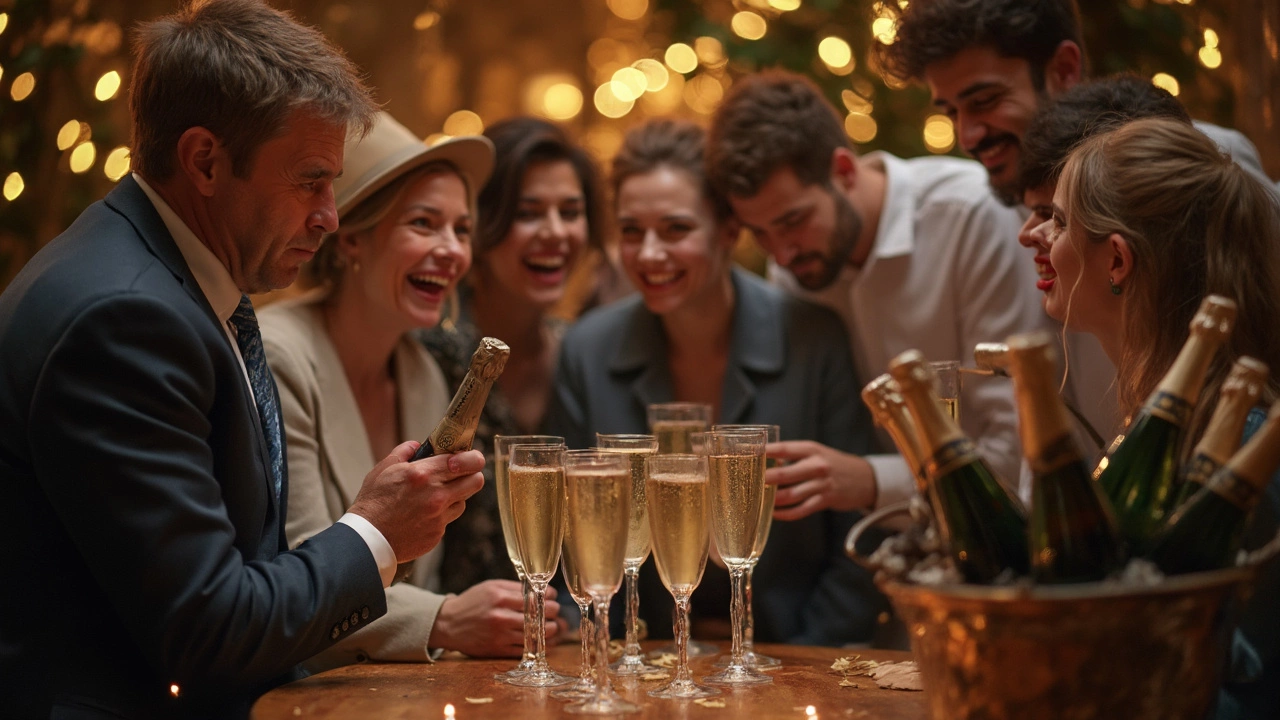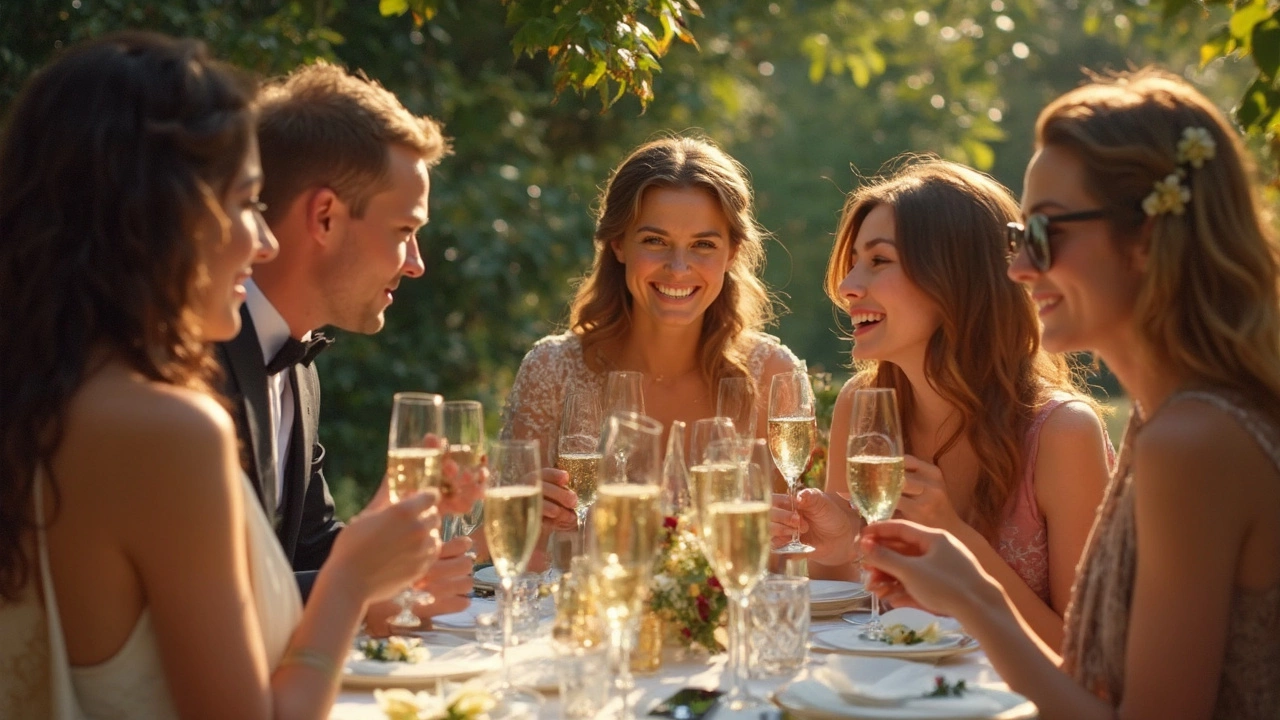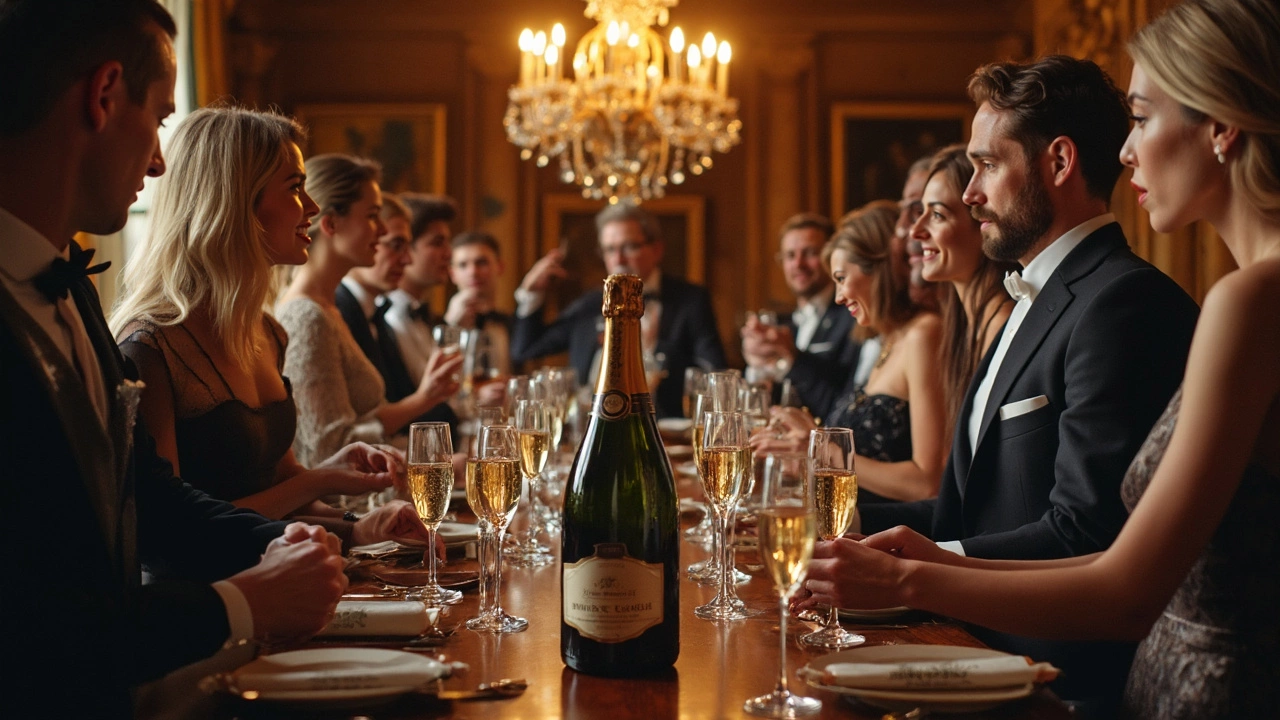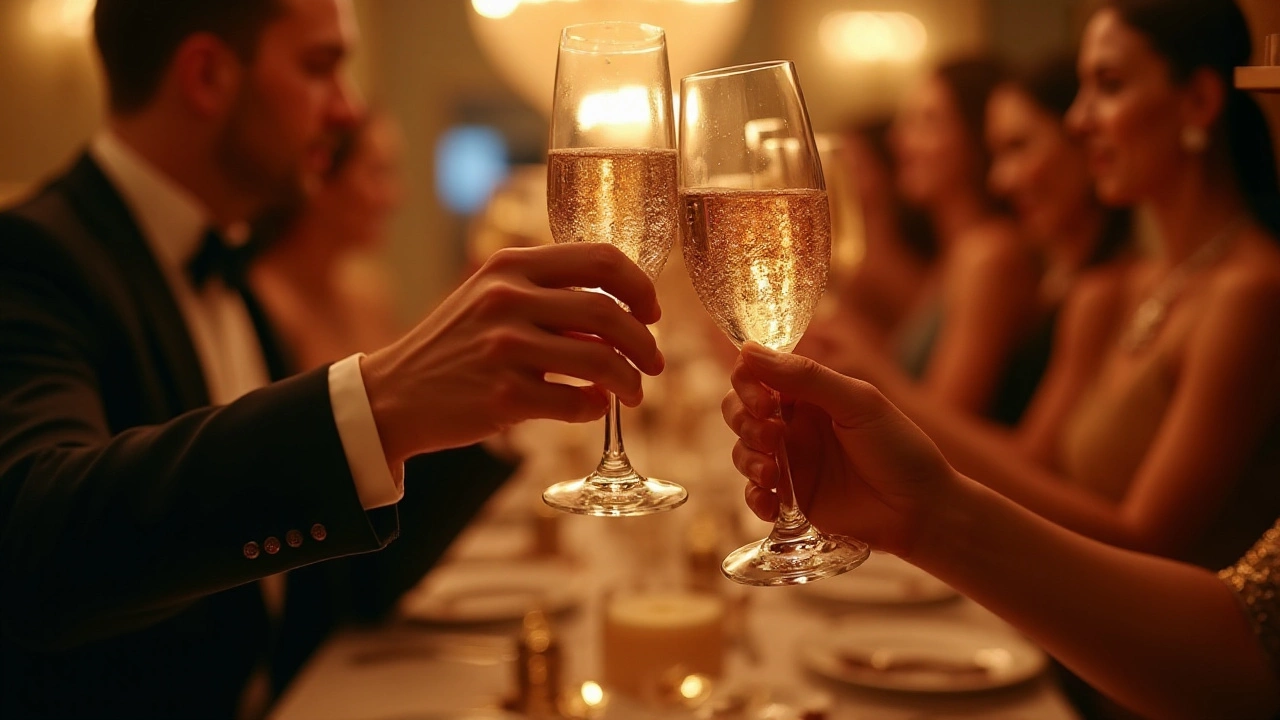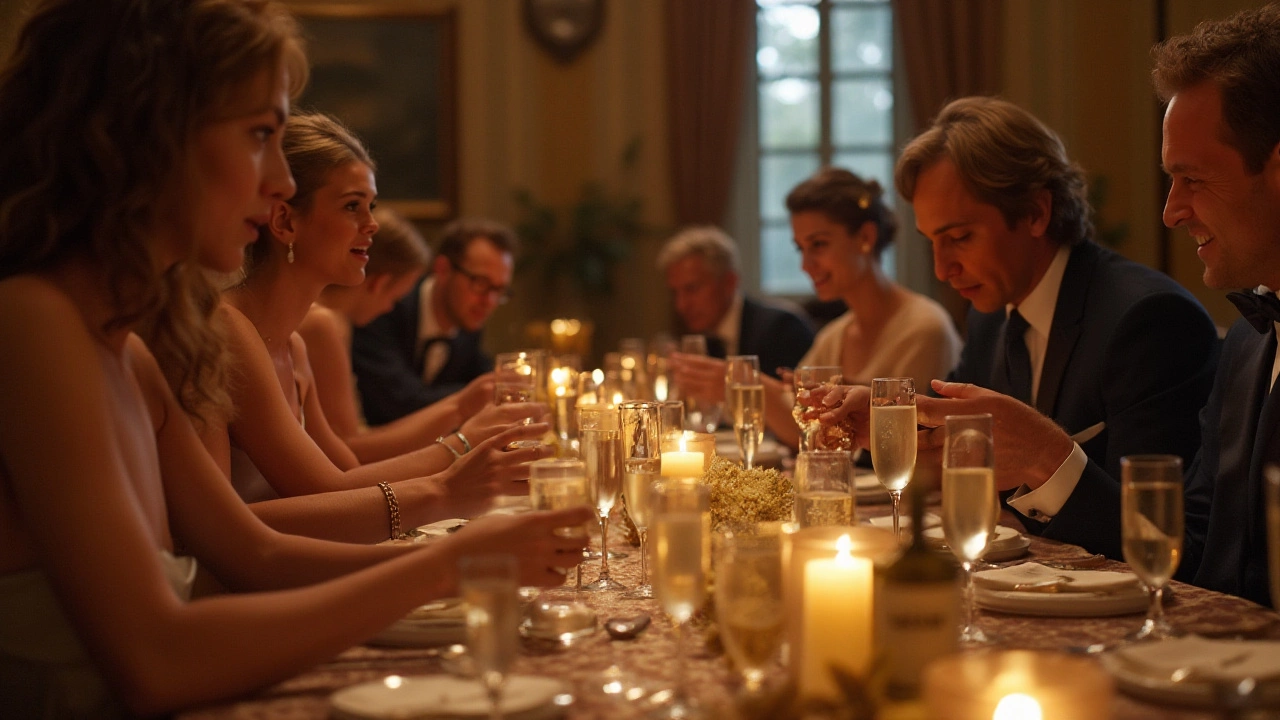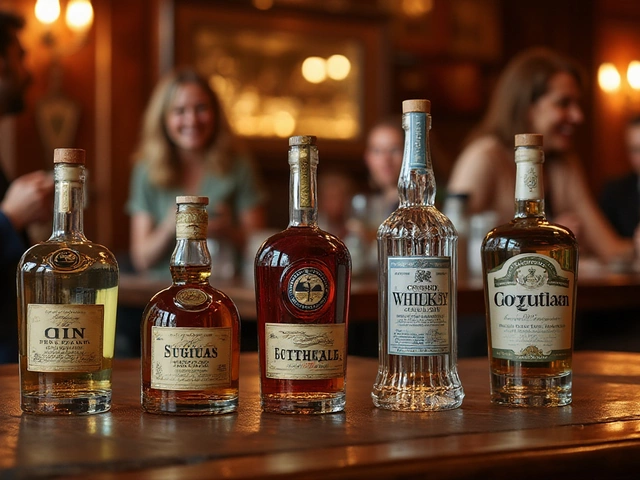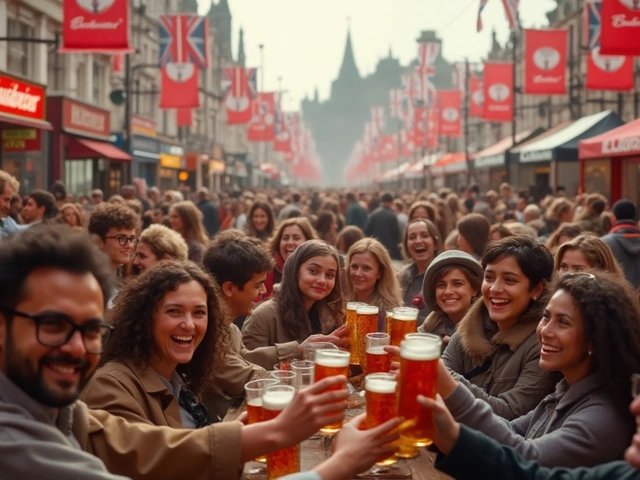Champagne Tasting: How to Enjoy Bubbles Like a Pro
Ever popped a bottle of Champagne and wondered if you were doing it right? You’re not alone. From the first sip to the final toast, a few simple moves can turn an ordinary tasting into a memorable moment. Below you’ll find the practical steps that every bubble lover can use, no matter if you’re at a fancy party or a casual get‑together.
Get the basics right
The first step is chilling the bottle to the sweet spot – about 45‑48°F (7‑9°C). Anything warmer will mute the sparkle, and too cold will dull the flavor. When it comes to glassware, a flute or a tulip works best. The narrow shape keeps the bubbles steady and concentrates the aroma, so you get the full fruit and toast notes in every sip.
When you pour, aim for about 4‑5 ounces (120‑150 ml). That’s enough to swirl, sniff, and taste without overflowing. Hold the glass by the stem to keep your hand from warming the wine, and give it a gentle swirl to release the aromas. Take a quick sniff, then a small sip – let the liquid roll over your tongue before you swallow. You’ll notice the crisp acidity, the creamy mousse, and the subtle hints of apple, brioche, or hazelnut.
Keep it fun and safe
Wondering how many glasses of Champagne will make you feel a little tipsy? It depends on your weight, food intake, and how fast you’re drinking. On average, two to three standard glasses can give a light buzz for most people. The key is to sip slowly, stay hydrated, and snack on cheese or nuts to slow absorption.
If you’re hosting, set up a small tasting station with three different styles – a non‑vintage brut, a rosé, and a prestige cuvée. Let guests compare the nose, body, and finish. Offer water and light bites, and remind everyone that the bubbles are about flavor, not just getting drunk. A quick “drink responsibly” note goes a long way.
Many think Champagne is automatically classy, but the real class comes from confidence and knowledge. Knowing why the bubbles feel lighter, how the dosage (sweetness) affects the finish, and how to read the label (e.g., “NV” for non‑vintage) shows you’ve put in the effort. Share a fun fact – the pressure inside a bottle is about 6 atmospheres, similar to a subway train – and you’ll instantly become the life of the party.
Some worry that Champagne will get you drunk faster because of the bubbles. The science says the carbonation can speed up alcohol absorption a bit, but the overall alcohol content is usually 12‑13%. So, enjoy the fizz, but treat it like any other wine – pace yourself and enjoy the flavors.
To wrap up, a great Champagne tasting blends proper temperature, the right glass, mindful pouring, and a relaxed atmosphere. Pair the bubbles with salty cheese, fresh seafood, or even popcorn for a casual twist. Remember, the goal isn’t just to toast, it’s to explore the layers of taste that make each bottle unique.
Now that you have the basics, grab a bottle, gather a few friends, and start swirling. You’ll quickly see how a little knowledge can turn ordinary bubbles into a real celebration.
Want to avoid embarrassing Champagne faux pas? This article breaks down the must-know rules for proper Champagne etiquette, from serving temperatures to glass selection and polite toasts. Discover how to handle bottles like a pro, pour just the right amount, and impress your friends at the next tasting. It’s the quick guide to drinking Champagne with style, not snobbery. Expect practical tips, fun facts, and everything you need for your next toast.
View DetailsDiscover the art of enjoying champagne without overindulging. This article explores how many glasses of champagne it takes to feel tipsy, varying factors that affect alcohol absorption, and tips on safe consumption during tastings. Featuring fun facts about champagne's bubbly nature, you'll learn how to balance enjoyment and responsibility. Ideal for both casual drinkers and enthusiasts attending tastings.
View DetailsChampagne often carries an aura of sophistication and celebration, but what exactly makes it a class act? This article dives into the world of champagne tastings, exploring the nuances that give it its esteemed reputation. With useful tips and intriguing facts, you'll learn what sets champagne apart and how to enjoy it like a pro. Discover the cultural significance, taste profiles, and common misconceptions about this celebrated bubbly.
View DetailsChampagne is more than just a drink to toast with; it holds a reputation for its intoxicating effect. This article explores whether Champagne can truly get you drunk and how its unique properties play a role. We'll dive into the science behind its bubbles, the alcohol content, and tips for tasting. Find out if Champagne can give you that bubbly buzz on special occasions.
View DetailsChampagne tasting is an art that involves the exploration of flavors, aromas, and textures of this exquisite sparkling wine. This guide provides practical tips on how to conduct a successful tasting experience, including the proper serving techniques, the ideal environment, and the sequence of tasting. Discover interesting facts about the history of champagne and its unique characteristics. Whether you're a novice or a connoisseur, learn to appreciate the subtle nuances that make champagne a unique beverage.
View Details